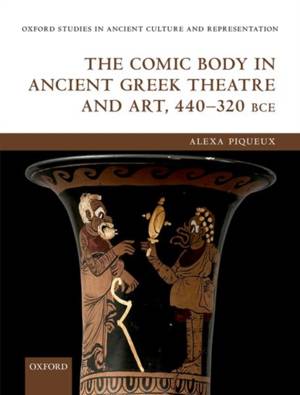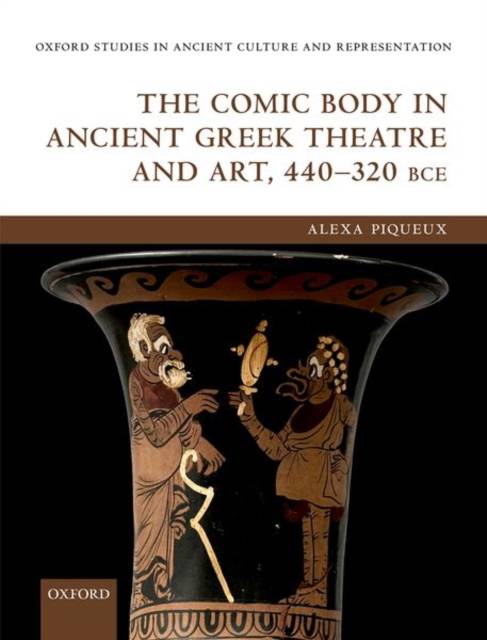
- Retrait gratuit dans votre magasin Club
- 7.000.000 titres dans notre catalogue
- Payer en toute sécurité
- Toujours un magasin près de chez vous
- Retrait gratuit dans votre magasin Club
- 7.000.000 titres dans notre catalogue
- Payer en toute sécurité
- Toujours un magasin près de chez vous
Description
Using both textual and iconographic sources, The Comic Body in Ancient Greek Theatre and Art, 440-320 BCE examines the representations of the body in Greek Old and Middle Comedy, how it was staged, perceived, and imagined, particularly in Athens, Magna Graecia, and Sicily. The aim of this study is also to refine knowledge of the relationship between Attic comedy and South-Italian comic vases (the so-called 'phlyax vases'). The first chapter in the book introduces comic texts and comedy-related vase-paintings in the regional contexts, analysing their various connections. The second chapter describes the evolution of the basic elements of the costume which constitute the generic comic body (masks, padding, and phallus). It also examines the characteristic traits of comic ugliness as well as its meaning. The third and fourth chapters consider the characterisation through costume in relation to verbal indications, analysing the cultural, social, aesthetic, or strictly theatrical codes by which the spectators decipher the staged body. The study of the sexual codes in cross-dressing scenes, which reveal the artifice of the fictional body, leads to re-examining the modalities of comic mimesis. These chapters also shed light upon the way in which comic poets make use of the scenic or imaginary representation of the bodies of those who are targets of political, social, or intellectual satire. Finally the fifth chapter focuses on the body in movement. It deals with comic body language, the dramatic function of comic gesture and how words confer a kind of poetic and unreal motion to the body.
Spécifications
Parties prenantes
- Auteur(s) :
- Editeur:
Contenu
- Nombre de pages :
- 384
- Langue:
- Anglais
- Collection :
Caractéristiques
- EAN:
- 9780192845542
- Date de parution :
- 31-10-22
- Format:
- Livre relié
- Format numérique:
- Genaaid
- Dimensions :
- 196 mm x 250 mm
- Poids :
- 1011 g







